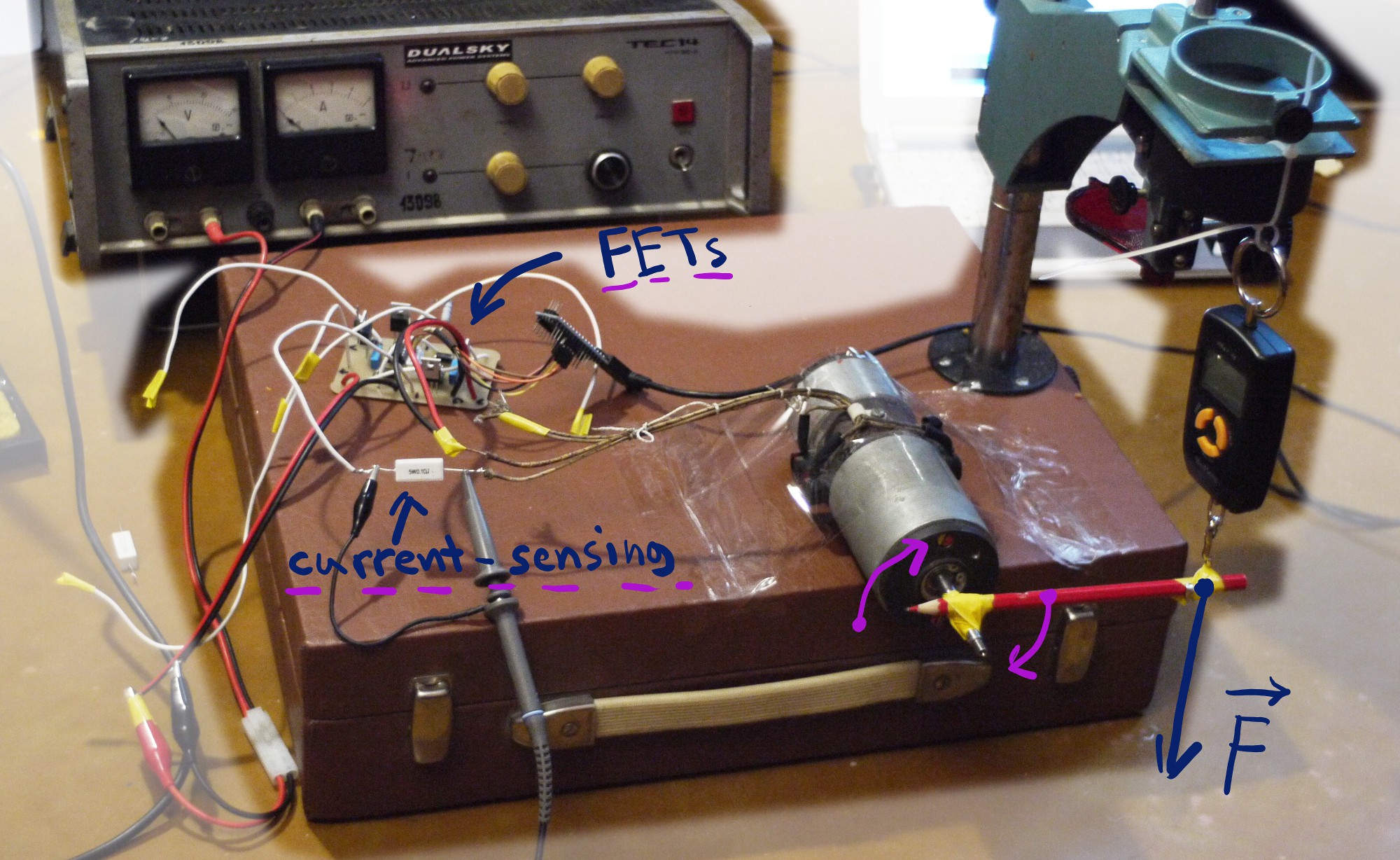This time I've got a more direct reading than current. Pivoting torque.
Before that, traditional links list:
Theoretical parts:
- Part 1 (how efficiency works while you charge an electromagnetic field)
- Part 2 (why discharge time matters and how it affects heat dissipation)
- Part 3 (that one was half-wrong, but heat dissipation part is likely to be true, read carefully)
- Part 4 (what affects discharge time)
- Part 5 (how to discharge field slowly using MOSFETs)
Current is a great reason to assume that magnetic field is somewhere... there, but not that convincing - I can imagine some unaccounted nuances, there are lots of them, usually. And people try to decrease their amount by doing further research.
It was necessary to prove, that along with current it produces appropriate force, as we use unusual methods to work with an electromagnetic field here, so I made that thing:
 That photo magnifier was unused for years! But it came in handy, finally
That photo magnifier was unused for years! But it came in handy, finallyOn a right side there are digital scales. Fun fact, that they even have temperature compensation. I was really impressed with that, since they were pretty cheap. What I did - I checked, that with virtually same average current, pivoting torque is the same:As I mentioned in video - it works. Generally speaking - to maintain magnetic field, all you need is to counteract it's discharge rate on slow discharge phase and heat loses on a charge phase. In this experiment I've got this:
1) I^2*R on a coil, about 8W
2) Power, required to charge 3mH coil from approximately 1.3A to 2.2A 1000 times per second, about 5W
Since duty cycle was 50%, we have (8W)/2 + 5W = 9W average.
And it's important to notice, that only 4W goes to heating of a coil, compared to 8W with traditional methods
Conclusion:
- By decreasing resistance of a coil OR by increasing voltage we minimize heat loses
- By decreasing voltage drop across slow discharge circuit (see Part 4) we can minimize power consumption
Combination of those two methods is a win
P.S. "Power distribution question": I don't know, why it charges field at that rate exactly, previously I thought, that it must be an unused part of U^2/R power, but now I see, that it's kind of different in reality. More complicated? Or opposite : )
 CapitanVeshdoki
CapitanVeshdoki
Discussions
Become a Hackaday.io Member
Create an account to leave a comment. Already have an account? Log In.